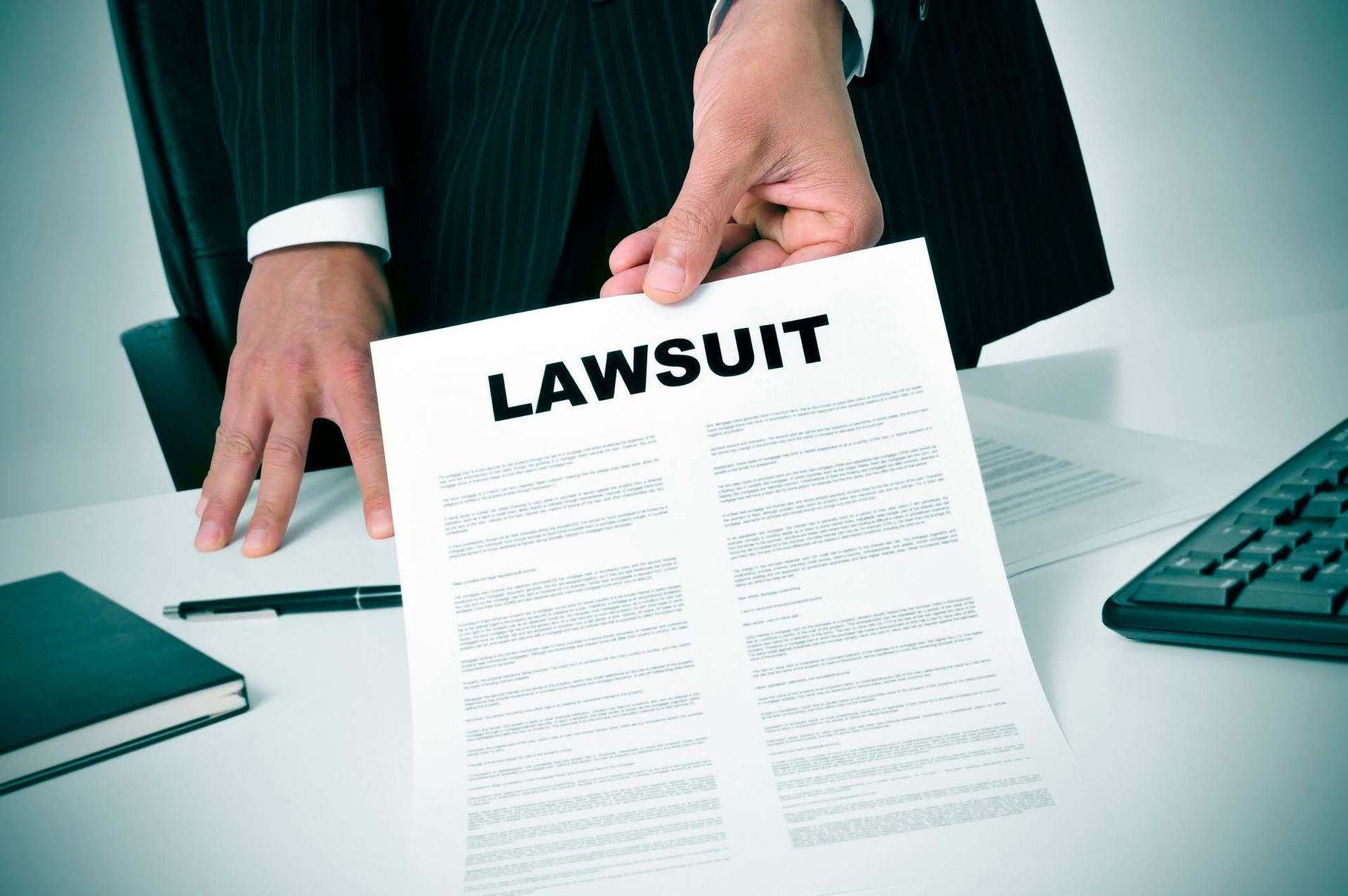Personal Injury Journals: Know What to Document for Your Records

Anyone who suffers a major personal injury will face a long road to recovery. Not only will you deal with the physical aspect of the injury for months or even years, but your personal injury lawsuit could take a while to either be resolved or alternatively get prepared for trial.
When you eventually reach the point where you need to go through mediation or litigation, you'll need to recall what your injury was like when it first happened and how the recovery process went. That's why you should keep a journal that documents your injury and recovery.
Make Frequent Dated Entries
Make dated entries for each time you document your injury in your journal. The entries should be fairly frequent during the initial days following the injury. However, you can eventually move to less frequent weekly entries as the injuries stabilize or as you reach certain recovery plateaus. If you make weekly entries, try to pick a specific day of the week to make an entry in your injury journal so that you do not forget and it becomes more of routine.
Use a Diagram to Track Pain
The best way to identify where you have pain is to use a diagram of the body and make notes on top of it. Include this diagram with each journal entry, and use letters tied to a key that you can create to identify the type of pain that you experience by placing the letter over the body part affected.
For example, you may want to place a T on a particular side that throbs, N on a hand that feels numb, or an S on a knee that has sharp pain. Use the same key for each entry to keep track of how the pain has evolved during your recovery.
You can then write a number next to that letter to describe the level of pain you have. Use a basic scale between 1 to 10, where a 1 is slight pain and a 10 is the worst pain you can experience. You have no need to write a 0 if you have no pain, because if you use the system suggested above, you will not identify pain-free areas.
Track Medications
Pain can sometimes be masked by the medications that you take. That's why you should write down the current mediations that you take at the time of the entry. For example, this can help explain how a pain reliever may diminish your pain or if your pain numbers increase when you stop taking it. A log of your medication will also help confirm that you took medications provided by your doctor and the ways the dosage has changed over time.
Write a Short Narrative
While the diagram and medications can paint a good picture, you can also write a short narrative for each day that describes your injuries. Try to note any activities that have triggered pain and made you feel worse. This can help you remember what your physical activity was like on any given day of your injury if you are asked to recall how you felt. Also, write about any issues with limited range of motion that are hard to describe using the diagram. Also, keep track of how it has affected your quality of life and mental health. For example, maybe you were not able to play with your kids because your injuries were so bad, or you missed out on a family bike ride. Also, write any emotions that you feel as a result of the accident. Do you fear attempting certain activities, experience depression about your condition, or other things of that nature? These things can play into how much compensation for pain and suffering you may receive and should not be omitted.
Contact Higinbotham & Higinbotham, PLLC, if you have any other questions about what else to include in your personal injury journal.









